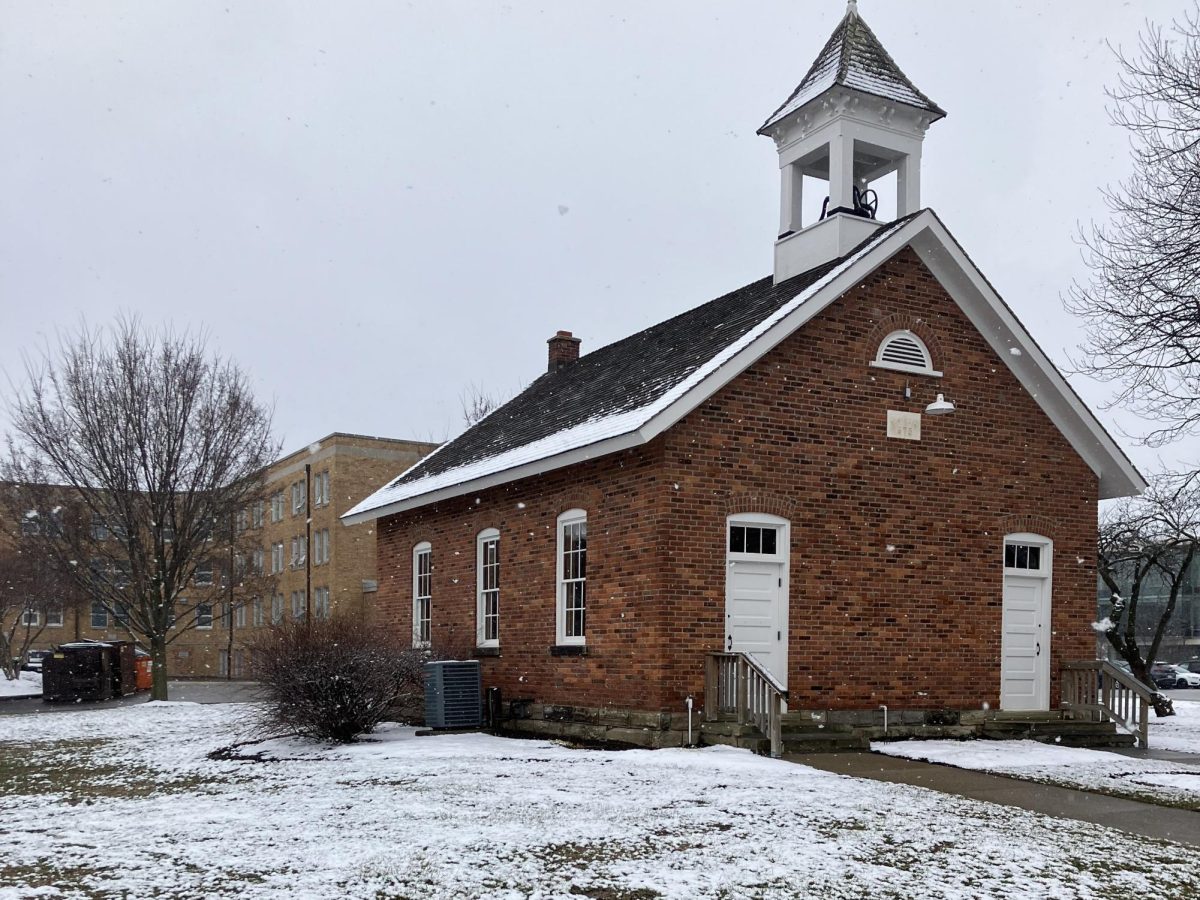Conflicting information regarding the solar project’s prevailing wage requirement was presented at Bowling Green City Council Monday night.
The solar project will be the largest of its kind in the state, covering 165 acres, and is contracted through American Municipal Power, an electric utility company located in Columbus.
Two reports from AMP provide conflicting information about the solar project’s prevailing wage requirements.
Prevailing wages are calculated wages by the U.S. Department of Labor and Ohio Department of Commerce that protect the state’s Construction Trades Workers, according to ACTOHIO.
City Utilities Director Brian O’Connell reported that he received definitive word from AMP that the solar project is not a prevailing wage project.
In response, Councilman Mike Aspacher presented council with an email from Sept. 2, 2016 from AMP that contradicted AMP’s statements to O’Connell.
Aspacher read part of the email aloud. He read, “The engineering, procurement and construction agreement requires that all vendors be paid prevailing wage.”
“There is conflicting information about what we were previously told by AMP and what you are now saying,” Aspacher said. “That is a major concern for myself and most likely others.”
Councilmembers requested O’Connell get a more detailed and definitive answer from AMP.
Councilman Bruce Jeffers offered other concerns regarding the solar project.
“A big issue is prevailing wage. I have assumed throughout this project that people would be paid prevailing wage,” Jeffers said. “I understood that not all the work would go to local companies and local workers, but I am just concerned that there is not enough.”
Mayor Edwards reminded council that the city of Bowling Green is not directly responsible for the hiring of workers.
“We are three steps removed here, because we don’t have direct control of the project,” Edwards said. “We are working through AMP Ohio. They are working with NextEra. NextEra is working through another group that’s actually the construction company.”
Aspacher said he understood the hiring is out of the city’s hands, but still shared Jeffers’ sentiment.
“The night that city council approved this project, AMP representatives were sitting right in this room, and they nodded approval when I talked about the importance, I thought, of local contractors and local workers being involved in this project,” Aspacher said. “It appears as though those comments fell on deaf ears.”
Two Wood County-based contractors, Gem Industrial and Lake Erie Electric, both have significant experience with solar fields, Aspacher said. These two contractors were not approached by AMP to see if they would have interest in the project.
Ohio law demands that 80 percent of workers on the project must be from Ohio. Blatner Energy, a partner in the solar project, requires 82 percent Ohio-based labor.
O’Connell relayed information from AMP that the project is 85 percent Ohio labor.
Even with these Ohio requirements, there are no restrictions saying how much labor must be provided by local contractors.
“Part of it has to do with Ohio law. We are conforming with every aspect of Ohio law, but maybe Ohio law needs to be changed,” Edwards said.













